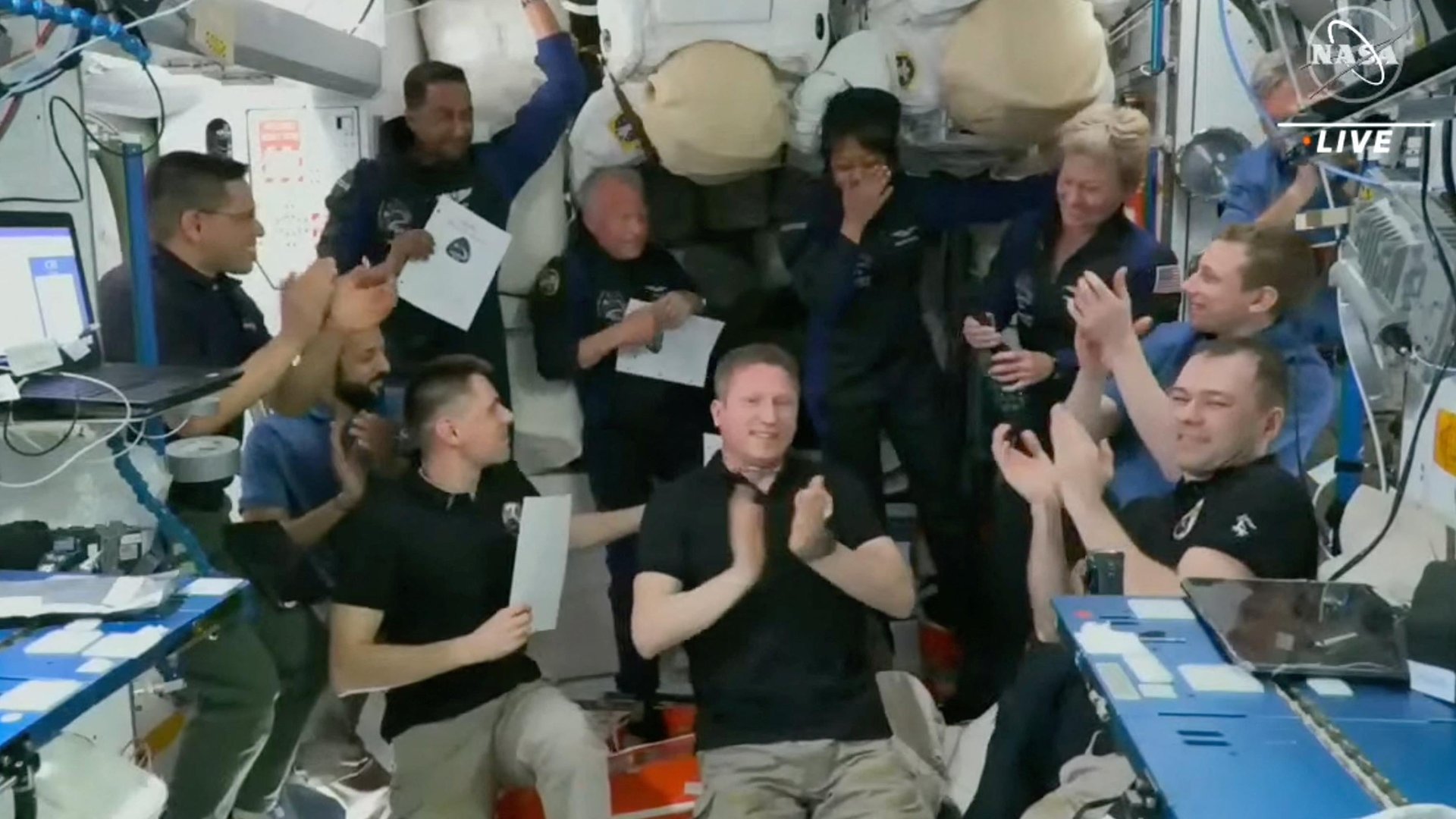How much does it cost to visit the International Space Station?
If you have to ask Axiom Space's ticket price, you can't afford it

A group of four private astronauts arrived at the International Space Station (ISS) on May 22, completing a journey from Cape Canaveral to the habitat orbiting 408 kilometers (254 miles) above the Earth.
Suggested Reading
The mission, managed by Axiom Space, is the second time that paying passengers have flown independently to the ISS. Its crew includes Axiom employee Peggy Whitson, a retired NASA astronaut acting as the mission commander, as well as John Shoffner, the former CEO of fiber optics maker Dura-Line, and two government astronauts from Saudi Arabia, Ali Al Qarni and Rayyanah Barnawi. The latter is the first Arab woman in space.
Related Content
Getting to space has always been famously expensive, and that’s still the truth today; what’s changed in recent years is that it’s a commodity available for purchase. Past orbital space tourists relied on brokers to make one-off deals with Russia’s cash-strapped space program. With the debut of SpaceX’s crew Dragon spacecraft in 2020, NASA announced that it would welcome private passengers at the ISS if they paid for their room and board.
Now, anyone with sufficient cash can hunt for one of the limited slots to head to orbit. Axiom hopes to fly about a twice a year, but NASA officials say they had trouble finding a window for this mission amid other upcoming activity at the station, including a cargo re-supply, a test flight of a new Boeing spacecraft, and the arrival of the next set of NASA astronauts.
How much will such a trip set you back? At least $60 million—with an emphasis on “at least.” This table shows the publicly available data on how much a private mission might cost per astronaut.
The real cost of flying to the ISS is much higher
But there’s much more to think about. For one, the cost per seat to ride on SpaceX’s Dragon spacecraft is an estimate for NASA (pdf) from 2019, and it has likely risen.
Presumably, Axiom’s customers also cover the cost of Whitson’s flight, since NASA requires a professional astronaut chaperone onboard. That adds about $20 million to each paying passenger’s ride. Then there’s the question of how much Axiom is charging. Despite the high cost of the trip, the limited supply of seats suggests Axiom could charge deep-pocketed individuals and governments a decent fee for getting them to orbit. By the time everything adds up, the cost of a trip could reach toward $100 million a person.
NASA hopes to replace the aging ISS with privately operated space stations that can serve its needs in low-Earth orbit, while also attracting customers like space tourists, foreign governments, and private companies. Letting private companies visit the publicly funded lab aims to prove that there’s enough demand for these services to attract sizable private investment.
Judging by Axiom’s flight plans and its goal of launching a new module to the ISS in 2025—alongside the other companies plotting to launch their own orbital habitats—NASA’s strategy is working so far.
